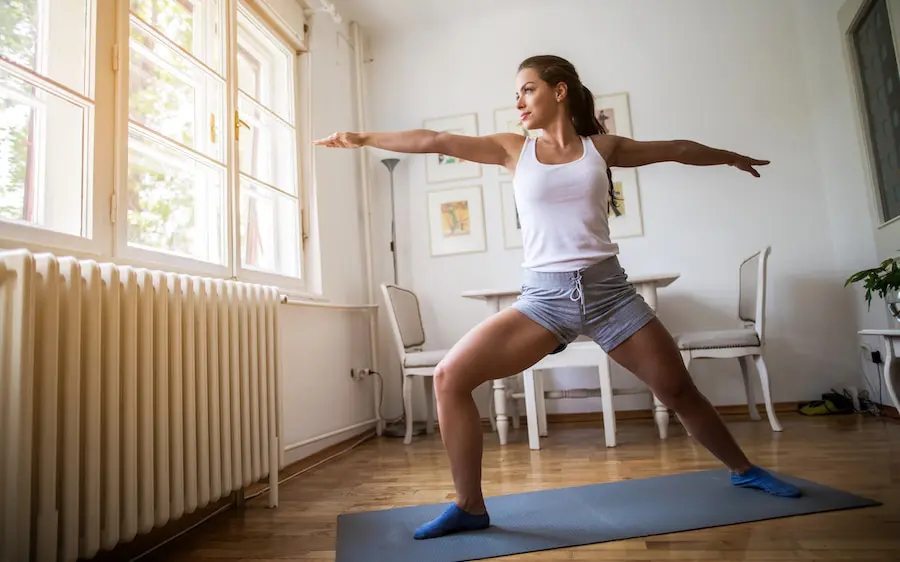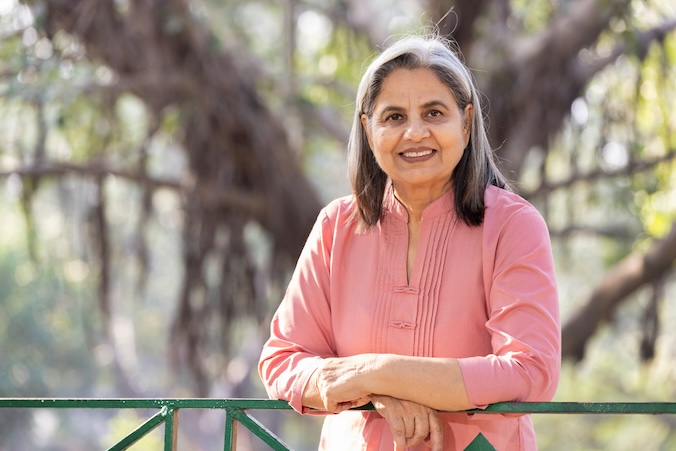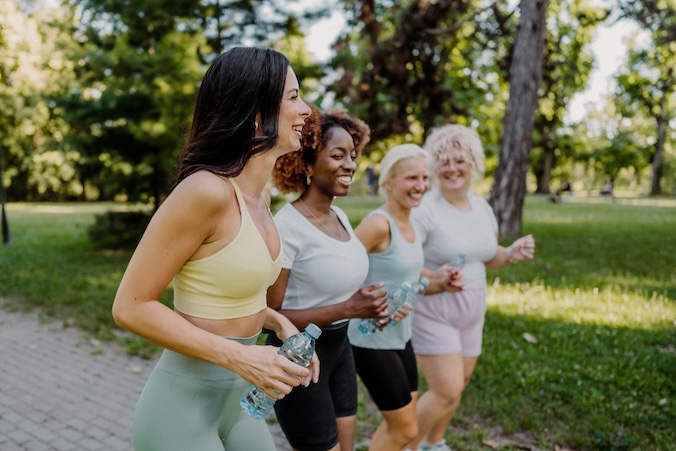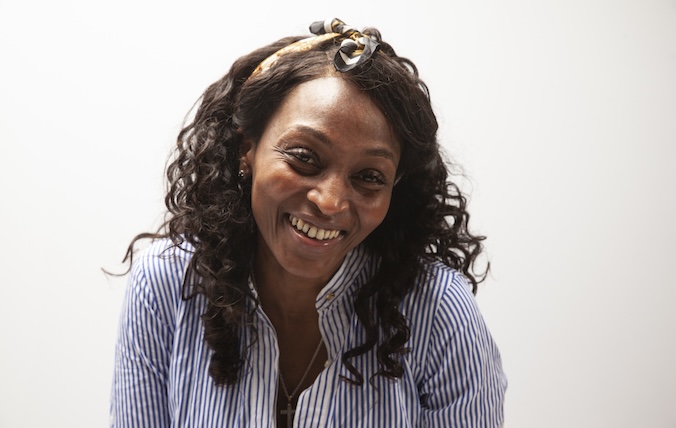How to Stay Strong and Flexible With the Youth Plan Programme

Whether you want to dance, run, walk, swim or climb mountains, staying active is just as important for our bodies as eating healthily. Movement is key in staying strong and flexible as we grow older.
I know that sometimes it can be hard to exercise, but we’ve all been designed to move, and endless studies have shown that our bodies go downhill pretty quickly when we’re inactive for long stretches.
Of course, in between juggling relationships, children, hectic social lives or busy workdays, it can be difficult to squeeze in the time to work out. Yet, you don’t need to pound a treadmill for hours at the gym to see results! Studies show that just 150 minutes – that’s two and a half hours – of moderate exercise a week can raise our life expectancy by five years. It isn’t all about life expectancy though, it’s about feeling strong and remaining supple so that you can enjoy those extra years.
Just a little over twenty minutes a day, and it can be something as simple and as easy as pulling on your trainers and heading out for a power walk! Fairly tempting, isn’t it it? Especially when you consider the alternative.
Plus, when you throw in the fact that sitting for six or more hours a day can have a negative effect on the body (and, let’s face it, working in an office or at home can easily see us do this), it’s more important than ever before to get moving to reduce the impact.
I understand that not everyone likes to exercise, though! If you’re not that much into working out, the key is do something that you enjoy and that fits in to your lifestyle – it doesn’t usually work if you decide that you’re going to go from couch potato to running five miles a day!
You don’t have to run a marathon to be fitter and healthier, and it doesn’t matter if you’re not sporty. The key is to move your body and to try different things until you find what works for you.
Another secret is to choose the best time of day to work out. I’m very much a morning person, so I like to get my routine done first thing, and then I can forget about it for the rest of the day, or top up later if I want to. You might be an afternoon or evening person, just do what works for you.
And if you’re wondering what kind of exercise is good for you, then you have my permission to run free and go wild! Strength, flexibility and aerobic health are all important. Here’s why:
Why should I use strength building exercises?
Long gone are the days when we thought that lifting weights would make a woman look manly and bulky. Now, it’s now very much in style for a woman to have a lean, firm physique, which you can achieve by lifting weights.
Whether you’re a man or woman, once you’ve gone through puberty, you start to lose around 1 per cent of bone and muscle strength each year. It sounds pretty scary, but don’t be too concerned – you can reverse it by adding strength training to your exercise program.
What’s more, lifting weights can boost energy levels and raise those endorphins to give you a feel-good factor. And you don’t need to reach for those huge weights in the gym to see the benefits, too – you can use light dumbbells, bottles of water or even your own body weight to get started.
Here’s why else you should start lifting:
- Lose weight
- Strengthen bones
- Improve heart health
- Improve balance and posture
Sounds pretty impressive, doesn’t it? I also love how strong and empowered I feel when I’ve lifted weights. Let’s get lifting!
Flexibility and posture:
Our flexibility and posture usually deteriorate with age, but this doesn’t have to be the case for you! It is possible to boost your flexibility, even well into your so-called later years.
Stretches with exercises such as yoga and Pilates can help to strengthen the body, make your limbs longer and leaner, and boost flexibility. Happily, flexibility is important for mobility and can reduce those niggling aches and pains, too.
Want to give it a go? Try incorporating stretching into your work-out to maintain mobility and reduce the potential for injury. If you suffer from tension, focus on your shoulders and neck but also include hips, thighs, calves and lower back. If you’re unsure about what to do, you could try taking a yoga class at least once a week, although two to three classes are ideal.
Another one of my tips for super long, flexible limbs is to limit the time that you wear high heels, particularly if you spend most of the day on your feet. They might make you feel good, but high heels change the way your body is aligned and affect your back and posture.
The scientific reasons to do aerobic exercise
Another reason to get moving? Getting sweaty and jumping around is proven to strengthen our heart and our lungs1. As well as this, it can help to lower cholesterol and blood sugar levels and boost the immune system. It can even send our metabolism soaring for up to 24 hours after working out, meaning you burn off more calories, and can squeeze into those skinny jeans even quicker!
The thing is, when you move your limbs faster than your body is used to, you start to breathe faster and more deeply. This increases the amount of oxygen in the blood, and so your heart has to beat faster and work harder to pump that blood back to your muscles. As well as this, those happy-boosting endorphins also get released to make you feel good, and to reduce stress.
Are you ready?
I hope I’ve convinced you that exercise can truly transform both your body and your mind!
Don’t worry, though, you don’t need to run marathons to get started. I’m no athlete but, for me and my body, it works to combine yoga with walking and light weights. An ideal week could include a swim or a few brisk walks. If you’re a team player, then try playing a game with a group of people – you’ll love the friendship and bonds you form!
Alternatively, you could take two or three classes of yoga and do a couple of sessions of light weights. There’s no need for expensive club fees to keep fit, but if you find it motivates you to get out of the door, then go for it! The £30 monthly fee will prove to be more than worth it.
Get started:
Start with small, baby steps rather than giant leaps and unrealistic goals, and make sure you check with your doctor first if you’ve been inactive for a while, or are carrying an injury. You could start with short walks and build up from there.
I also find it helps to set myself goals, imagining how I’ll feel in 30 days’ time if I start out now and stick with things. You could try picturing yourself slipping into that dress you’ve been admiring for a while, or thinking of yourself stronger, firmer and leaner, and with bags more energy.
If you find this hard, try pinning yourself little notes and motivational messages around the house to help you to get there. Trust me, this makes exercising much, much easier on those days when you’re really not feeling it!
This article is an excerpt from the Award Winning Youth Plan book, get the book here






